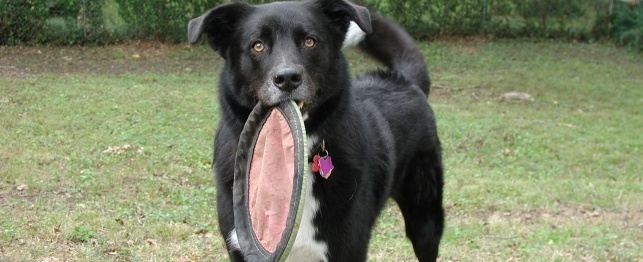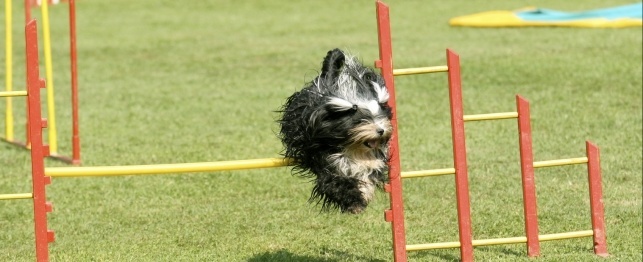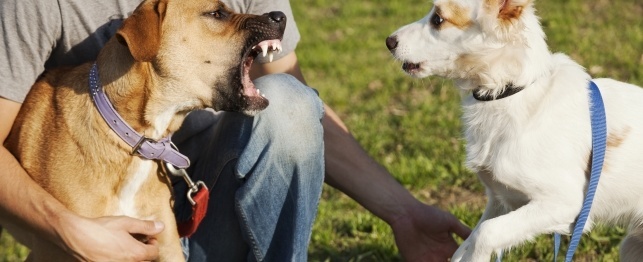Fortunately, you've come to the right place for invaluable information and insight that will allow you to create a more effective training program for your dog.
Give your dog a regular elimination and feeding schedule, so you can house train them. This will help you better understand when your dog needs to go outside, so he doesn't go on the carpet and ruin it. A schedule will train your dog to know when he will get to go out next.
Your dog does not need to respond to you saying "no". When dog training, you'll have to find a way to give positive reinforcement. Telling them "no" does not help them know how to react to you. There is a difference in all dogs and training should be customized.
Consistency is the key to dog training. One way to ensure everyone in your household uses the same commands is to create an easily accessible list of the commands used to train your dog. Ensure everyone understands the importance of consistency in only rewarding good behavior, not bad behavior. If the dog deals with inconsistencies while training it can become confused and it will delay the dog being trained.
Understand that older dogs have certain limitations. You can certainly teach an old dog new tricks, but remember that it may not take 100 percent, no matter how hard you try. Many older dogs already have developed behaviors that seem impossible to break. Rather than trying to change an older dog entirely, work on their negative traits and deal with the rest of their personality.
If you have a large dog, and he likes to stretch out, get the dog a big bed. You can find an extra large bed for large dogs at any pet store. An interesting alternative could be a crib mattress. There are several advantages to doing this since you are able to change the cover with frequency and ease when using fitted sheets. Crib mattresses come with the added benefit of being waterproof.
Many dog bites come from a source of fear. When a dog feel threatened, scared or trapped, it may bite. Never use force to train your dog. This makes your dog more likely to bite. Dogs have a pack mentality, and naturally want to be lead.
When you want to stop your dog from chewing the furniture or anything else forbidden, allow him to succeed. In addition to correcting undesirable behavior, you will also be protecting your dog from harm. Items commonly found in a household can serve as elements of danger to the unsuspecting dog who is merely satisfying an urge to chew.
Dogs must see the vet at least once per year. If your dog is going through a tough time with training or seems to be regressing, ensure his health is good. Dogs hide discomfort and pain for a long time. Often, behavioral issues are a first sign of health issues. In some cases, a dog will show pain through being aggressive. If your dog has a regression in it's toileting training, it may be an urinary tract infection.
It might surprise many people to find that the difficulties and stress of training a dog, are not as severe as they believe. Just making small changes in behavior, in addition to utilizing simple tips provided above, can bring about large changes in the behavior of our dogs.

 Dog Dudes: Surfing Dogs
Dog Dudes: Surfing Dogs
Dog Dudes: Surfing Dogs
Dog Dudes: Surfing Dogs
 Safe Fetch Toys for Your Dog
Safe Fetch Toys for Your Dog
Safe Fetch Toys for Your Dog
Safe Fetch Toys for Your Dog
 Safe Chew Toys for Your Dog
Safe Chew Toys for Your Dog
Safe Chew Toys for Your Dog
Safe Chew Toys for Your Dog
 Agility: an Exciting Dog Sport
Agility: an Exciting Dog Sport
Agility: an Exciting Dog Sport
Agility: an Exciting Dog Sport
 Dog Parks and Bites: What You Need to Know
Dog Parks and Bites: What You Need to Know
Dog Parks and Bites: What You Need to Know
Dog Parks and Bites: What You Need to Know